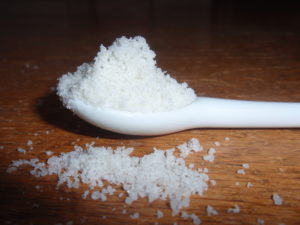
Recently we had a customer share with us that she had started to use our French Atlantic sea salt on her food. She told us she preferred the taste of it over regular table salt, but wanted to make sure it contained sufficient iodine. I checked the MSDS’s for our sea salt, and iodine was not listed. Personally, I have my own opinions about salt, (see this blog that Baraka previously wrote) but it inspired me to do some research on the subject of iodine enhancement and I found some interesting facts.
First of all, here’s a bit of background on salt that some salt enthusiasts may already know but I found fascinating! Salt has a very rich history which played a vital role in shaping the course of human civilization, primarily because of its ability to preserve food. There was a time in history when salt was traded ounce for ounce with gold! The first towns developed around salt sources and roads were built to transport the salt. Today, many cities still make reference to their salt origins in their names; Salzburg and Hallstatt to mention just a couple. Wars were fought over salt and won or lost because of it, and there are many references to salt in the Bible. It has been used extensively throughout history in health and medicine, and was considered the first antibiotic because of its innate antibacterial and cleansing properties. (For a great book on salt, check out Salt: A World History by Mark Kurlansky.)
This diverse history is connected to the fact that salt is essential to human life. In our bodies salt regulates the fluid balance and controls blood pH, and facilitates the communication between cells. As an electrolyte it is vital for nerve and muscle function. In fact, sea salt has a similar mineral content to human blood.
In the 19th century, salt began to be processed in a number of ways. It was first bleached because we wanted a more “pure”, white product to have on our tables—similar to the fate of sugar. Then various substances were added to it, such as anti-caking agents to keep it from absorbing moisture and clumping up. Today, a very small percentage of the salt that’s produced worldwide is actually used for human consumption; the majority of it is used in industry and manufacturing. So, how does all of this relate to iodine?
Iodine is a chemical element and the heaviest trace element commonly needed by living organisms. Iodine is crucial for thyroid function and is used to counter the effects of exposure to nuclear radiation. It can be found in ocean water and in the soil. Iodine becomes concentrated in plants and animals that consume it. Most natural sea salt contains trace amounts of iodine, along with numerous other minerals. In fact, sea salt can have as many as 80 trace minerals.
Iodine was first added to table salt in the 1920’s because there was a growing problem with iodine deficiency throughout the world. Conditions related to iodine deficiency include goiter and hypothyroid symptoms, sluggishness and metabolism problems, weight gain, intellectual disabilities, anxiety and depression. Since salt is consumed by all people, adding iodine to salt was an easy and inexpensive way to treat this public health crisis. There are studies that conclude the results have been successful in lowering the occurrence of iodine deficiency. So, is iodine-enriched salt a good thing?
My take on the subject is this: iodine deficiency has occurred for a number of reasons, not only because iodine was stripped out of salt but also because mass agriculture has over-farmed the soil and depleted it of its mineral content. This means the foods we eat have an increasingly lower concentration of vital minerals, enzymes, and phytonutrients. This tends not to be the case with produce from small, sustainable farms, although mineral depletion is natural and soil always has to be replenished with cover crops and re-mineralizing substances like rock dust. Since iodine is a heavy element, it also takes longer for it to re-concentrate in soil and plants. So, adding iodine to table salt could be one possible solution. But not the one I would choose.
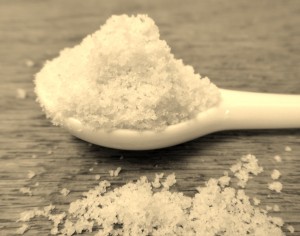
If the small amount of iodine in sea salt does not seem sufficient, I would recommend finding a whole food supplement for iodine such as kelp capsules. This ensures that the iodine will be in a bio-available form (something our bodies can use right away instead of needing to expend a lot of energy and resources to make it useable). Sea weed has the highest iodine content of all foods! There are many varieties, and it can be used in soups, fresh in salads or sprinkled over food. Other good sources of iodine include fish, potatoes with skin, cranberries, navy beans, strawberries and certain greens.
While this blog has plenty of facts, there are also plenty of opinions, which I hope you will take with a grain of salt– unprocessed mineral rich sea salt that is!

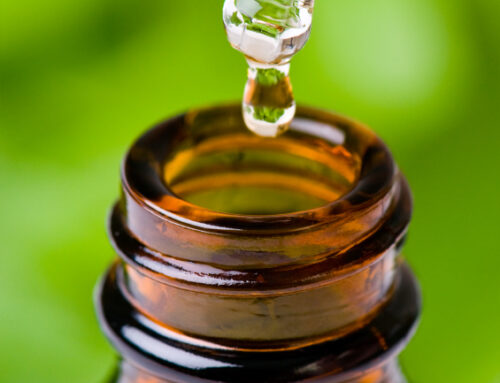

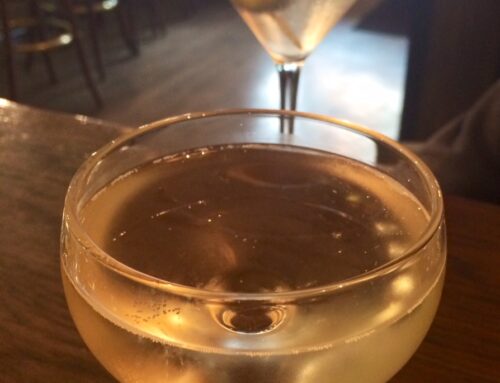

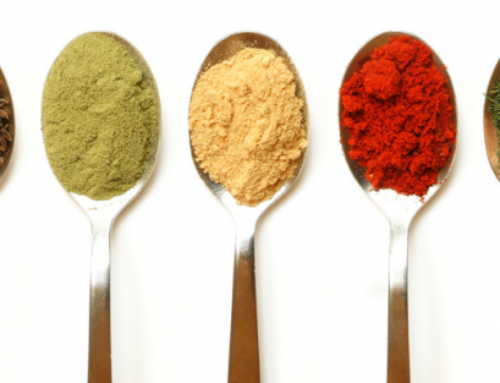
Yours is a well-written article. So I suffer from sinusitis resulting in a post nasal drip. Do you suppose it might be because I have an iodine deficiency?
kindest regards
Hi Ritchie, Thanks for comment. I would not think your post nasal drip was connected to an iodine deficiency. In our research an iodine deficiency is not related to sinus issues- issues more commonly express themselves in these areas ” goiter and hypothyroid symptoms, sluggishness and metabolism problems, weight gain, intellectual disabilities, anxiety and depression”. I would encourage your to explore what allergens might be causing your post nasal drip. Check with a doctor about pollen allergies or maybe you have food allergies- these would be the more likely culprit of post nasal drip. Good luck!
A small (large) correction: table salt is not acidic, it is a salt and therefore a compound containing both an acidic and basic component. It is entirely neutral.